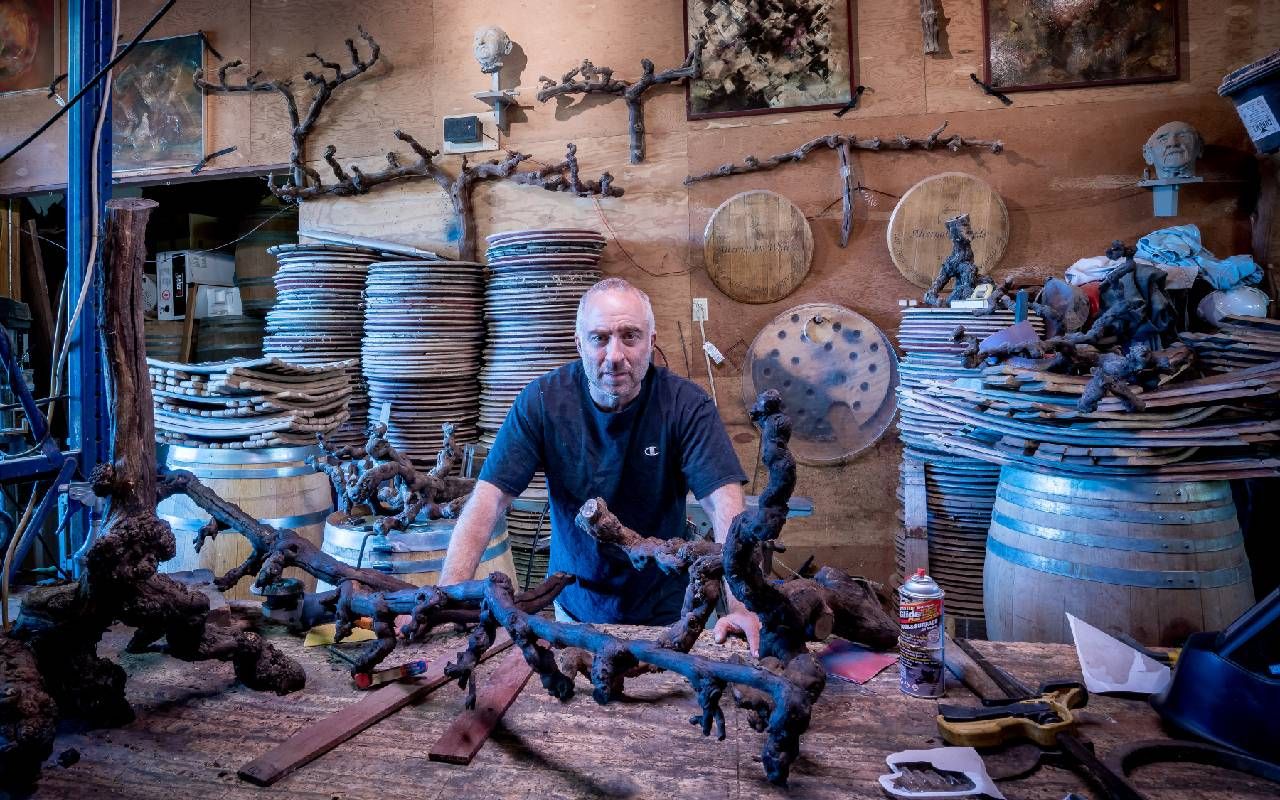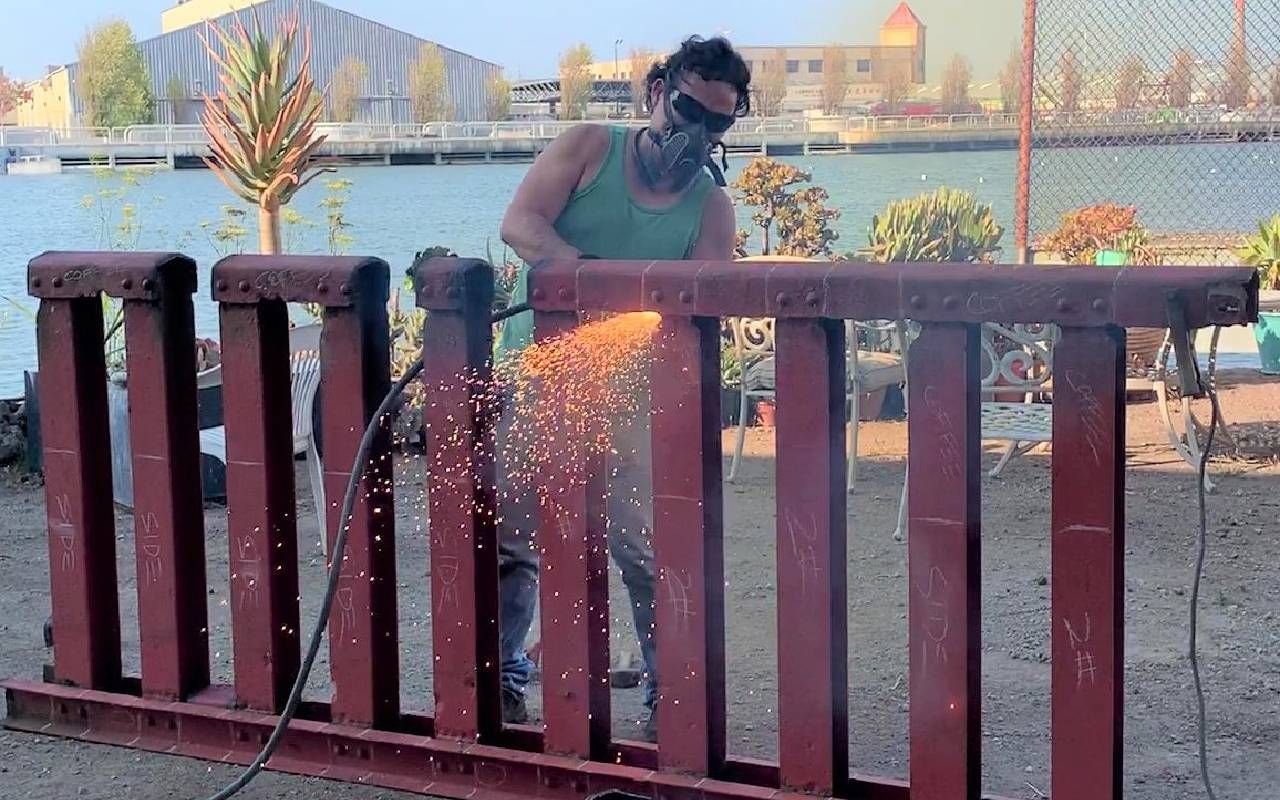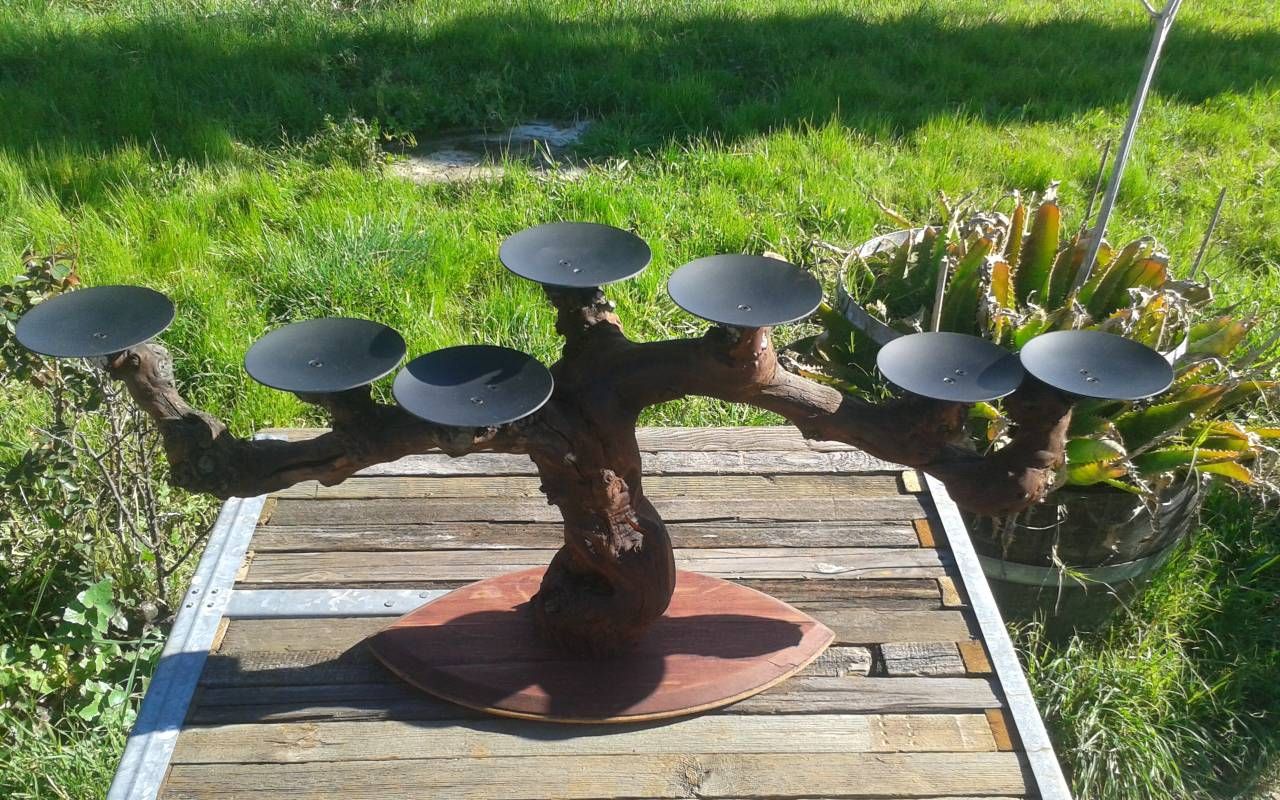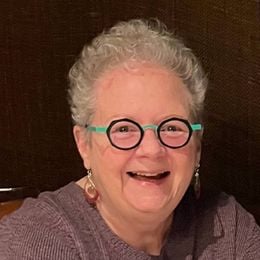Unexpected Career Pivots Can Lead to Job Satisfaction
Creative thinking and a willingness to learn new skills helped two Bay Area artisans navigate career changes
Editor’s note: This article is part of Navigating Change, a Next Avenue initiative made possible by the Richard M. Schulze Family Foundation and EIX, the Entrepreneur Innovation Exchange.
Rick Bulan was watching television in 1994 when he saw something he wanted: A 1,000-pound, 12.5-foot-long piece of deteriorating handrail removed from the iconic Golden Gate Bridge a year earlier. "I remember thinking it would make a cool headboard for a bed," recalls Bulan, now 53.

On impulse, he bought the weathered relic. Later, with money he had been saving for a down payment on a house, he bought more handrail sections and founded Golden Gate Furniture in San Francisco, where he makes lamps, tables, bookends and jewelry from the steel.
Flip from Food to Furniture
Paul Block, while working as a chef 27 years ago at a winery in California's storied Napa Valley, was inspired to try turning discarded wine barrels into tables, chairs, benches and more.
Over time, he stopped cooking and opened Wine Barrel Furniture in Fairfield, California. In 2012, he began fashioning desiccated grapevines into candleholders, chandeliers, table bases and whimsical fencing. Now 55, Block aims to work as a zero-waste manager at a winery.
"A lot of people like to talk about what others should do with their lives, but when it boils down to it, it's just a matter of knowing what you want to do and making it happen."
Through the decades, both men have crafted careers by making something new from something old, using discarded items as raw material for creations that are both artistic and functional. Along the way, both have taken creative risks, pivoted when necessary and learned new skills.
Block designed and built a 6-by-12-foot kiln that "cooks" 50 grapevines at a time to kill any insects or fungus lingering in the leggy vines, some of them 8 feet wide. Bulan trained on the torches and saws he needed to cut through steel, and even took a job in marketing for a time to learn how to compose a compelling media release.
Both men have enjoyed success — and readily acknowledge that more change is inevitable. But they are ready. "A lot of people like to talk about what others should do with their lives, but when it boils down to it, it's just a matter of knowing what you want to do and making it happen," Bulan says. "That's a little scary, but there is always a payoff."
'I Turned Trash into Money'
The biggest payoff for Block, he says, is yet to come. "Basically, wine barrel furniture did not exist before me, and after I die and my furniture lives on, the true value of my handmade wares will become apparent," he says. "Price times longevity equals value, and many of my pieces will last 100 years. Plus, my art work had a global impact on the wine industry, because I turned trash into money."
Block embraced finding appropriate reuses for discarded items long ago. As a fine arts student majoring in sculpture at Boston University, he was hesitant to buy new materials. "Making art is not supposed to be stressful, and using stuff I found in landfills or collected from the garbage was fun," he says.
Later, Block attended culinary school in Boston and then enrolled at Parsons School of Design in New York, where he studied environmental design.
A Profound Impact
"When making a table at Parsons, I used cardboard and other trash as part of the process," Block says. "That mentality was strengthened there because the film 'An Inconvenient Truth' had a profound impact on all of us in the art world."
In 1996, Block moved to California to work as a chef. Some 16 months later, he built his first piece of furniture from a used wine barrel. In 2010, a winegrower invited Block to set up a furniture workshop in a barn on a four-acre parcel of land just outside Calistoga, on the northern edge of the Napa Valley.

"He had intended to open a winery with barrel storage, a tasting room and offices, but he didn't have enough land," Block says. "I turned part of the property into an agricultural dump site for barrels and grapevines, and after I put up a sign on the highway, wineries brought me their garbage, because I was saving them thousands of dollars in dumping fees."
That won him recognition from the California Department of Agriculture as the only grapevine recycling business in the state. Block also established a community woodbin to collect dried grapevines for people to use for winter fuel.
"I was saving them thousands of dollars in dumping fees."
Early in 2020, the wine grower decided to sell the property in Calistoga. Block moved into a shop in town, then into a shared space in Sonoma County and later to a shop in Solano County.
"Now I'm looking to operate a waste management program, open to the public, at a winery," Block says. "All vines, barrels, bottles, wooden wine boxes, pallets and corks will feed through me, and I'll spin them into money. I've been doing that since I sold my first piece of furniture, and one thing leads to another with art."
'Blood, Sweat and Burns'
Bulan's metal art has led to almost 30 years of creative satisfaction as he has designed products and cut steel — and invested "blood, sweat and burns." He explains: "Sometimes when I use a dry metal saw, the blade flings hot little pieces of steel in every direction, so I've been burned a few times." Still, the Bay Area native notes that his early learning process was even more challenging.
"After I hired a truck to bring home that first big section and got it into my side yard, I spent a month trying to figure out how to cut it," Bulan says. A hardware store provided advice about blades for a circular saw and his neighbor taught him to use an oxygen-acetylene torch to cut the steel. Bulan used the torch to craft a 115-pound bed headboard instead of one that weighed 350 pounds.

When a friend asked Bulan to make him a headboard, Bulan put aside his diploma in finance and left a warehouse job so he could concentrate on a career that seemed to have chosen him.
"I never thought about where this would go," he says. "I just knew it was what I wanted to do and I pursued it." Over the years, Bulan has mastered tungsten inert gas (TIG) welding and a plasma cutter and learned the art of placing magazine ads.
Currently, Bulan fills custom orders and designs new products, "playing with different arrangements and shapes" that suit steel from the bridge. The pedestrian handrails he first bought were removed from the west side of the bridge, which takes the brunt of fierce wind and salty air from the Pacific Ocean.

"The sections weren't in terrible shape," he notes. That's because the base coat for the bridge, which opened in May 1937 after more than four years of construction, is a zinc primer and the top coat is an acrylic enamel moisture-cured battleship paint in a rowdy color known as International Orange.
Because bridge sections replaced in more recent years have not been made available to Bulan or other interested buyers, he does see an end in sight. What happens when he runs out of steel? Bulan laughs at the perfect set up and quips, "I'll cross that bridge when I come to it."


